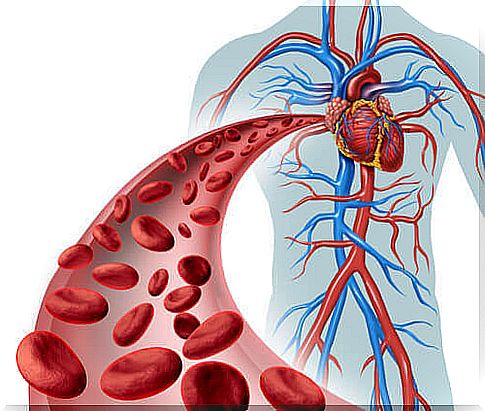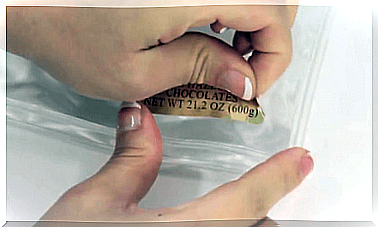Auscultation Of Veins And Arteries
The term auscultation comes from Latin and refers to the act of hearing. The auscultation of the veins and arteries is, therefore, to listen to different noises from these blood vessels through specific devices in order to facilitate the diagnosis of different pathologies.
Ultimately, auscultation is a clinical examination method whose purpose is to appreciate different physical phenomena. It can be carried out by direct application to the ear or thanks to a stethoscope or phonendoscope.
It is possible to listen to many parts of the human body, such as the heart, respiratory or digestive systems. In this article, we are going to focus on the auscultation of the veins and arteries.
Auscultation of the veins
Veins are blood vessels responsible for conducting blood from the blood capillaries to the heart. They generally carry cell waste and CO2, although the arteries carry oxygenated blood.
The pulmonary arteries carry oxygenated blood from the lungs to the chambers on the left side of the heart. When filled, this organ pumps blood to the rest of the body through the aorta artery and umbilical veins.
In the normal state, no perceptible acoustic phenomena occur in the veins. However, in certain situations, murmur or murmur noises may be seen in the jugular veins. For example, this occurs in the case of anemia, a pathological situation in which the blood does not carry enough oxygen; or chlorosis, a disease in which there is iron deficiency in the blood.
These noises are distinguished by being continuous; when there is intermittence, it is not rhythmic and can be assessed by auscultation of the veins and arteries.
Why can there be noises of venous origin?

They appear to be liquid noises due to alterations in the blood flow when passing to channels of different diameter. At the same time, the filling of the venous trunks decreases.
The interruption of the blood flow by pressure makes the venous sounds disappear. However, the moderate pressure with the stethoscope that decreases the caliber of the vein, reinforces them.
Finally, it should be noted that when the noises are intermittent, they occur when the individual inspires, since it favors blood flow.
Auscultation of the arteries
The arteries are also blood vessels. However, they differ from veins in that they carry blood from the heart to the different tissues of the body, while veins do so in the opposite direction, as we have seen. In this sense, the function of the arteries is inverse to that of the veins, since they transfer oxygenated and nutrient-rich blood to all the cells of the body.
Regarding the auscultation of the arteries, with the exception of the aorta, pulmonary, carotid and subclavian, the arteries do not present appreciable acoustic phenomena, or they are insignificant. However, using a device known as a sphygmophone, the pulse of small arteries, such as the radial, has been made perceptible to the human ear.
Noises from the great arteries

Although noises are usually not heard in most arteries, they are heard in large ones, which are the following:
- Aorta.
- Pulmonary.
- Carotid.
- Subclavian.
In these arteries, we can hear three types of noise:
- Spread from the heart : These are usually sounds from the aortic orifice. They are most often systolic sounds, since diastolic sounds propagate in the opposite direction to the arterial blood stream. Therefore, the latter are not heard or are weakly heard.
- Produced in the same artery : these noises are always isochronous with the pulse. They are produced by the large increase in blood pressure in cases in which there is hypertrophy of the left ventricle or by the exaggeration of cardiac activity. The noise that can be perceived at the level of the fontanelles in young children is a noise of the same origin.
- By the pressure of the stethoscope or phonendoscope : this pressure decreases the caliber of the vessel and determines a contraction of the liquid vein; an isochronous noise is produced with the pulse. If the pressure clears the light from the glass, all natural or man-made noise disappears.
In short, the auscultation of the veins and arteries is one of the many medical resources to detect abnormalities in the body. It is, therefore, a very effective primary diagnostic mechanism in certain circumstances.







